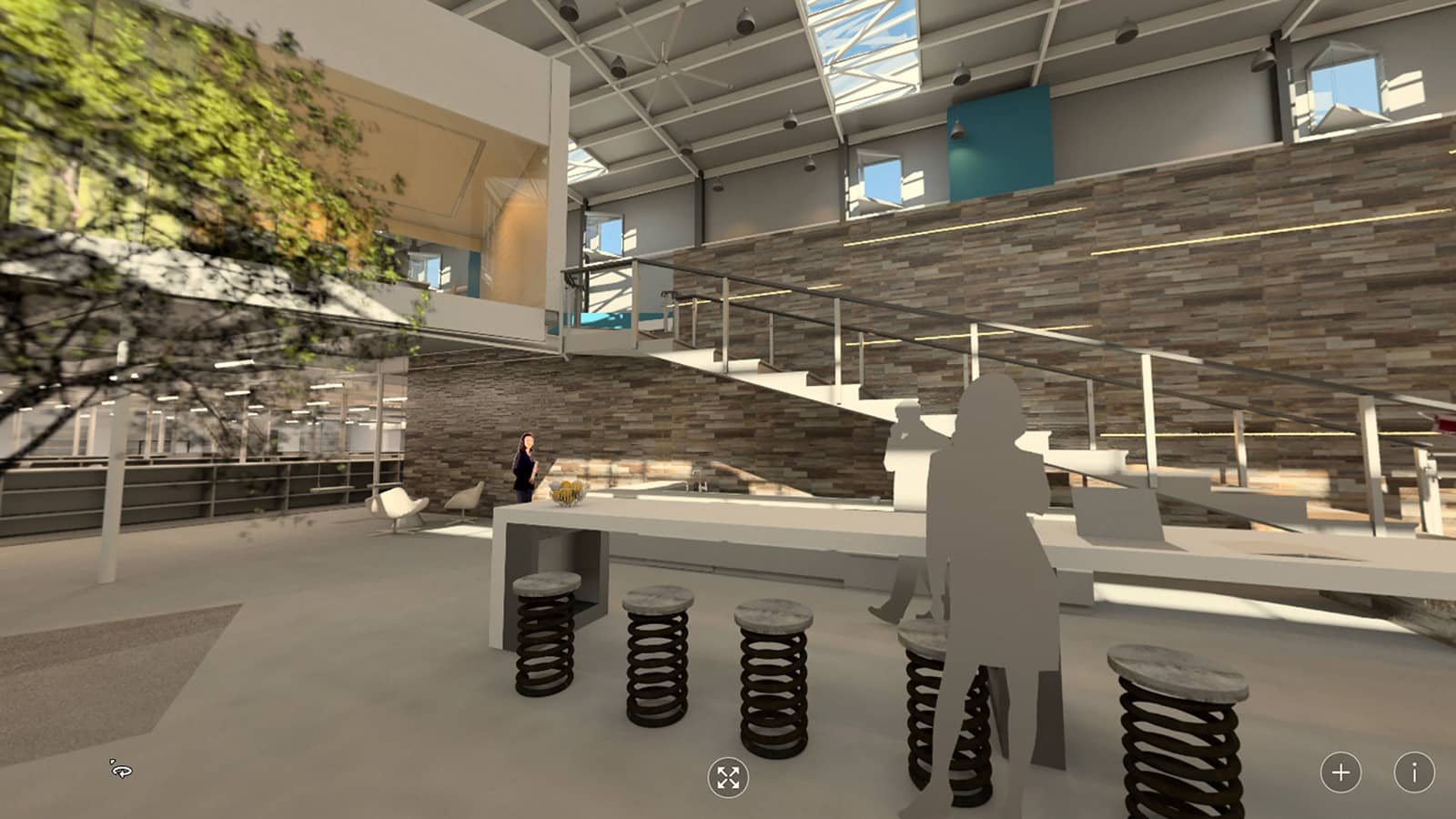Not so long ago, virtual reality (VR) was a curious novelty in the architecture and interior design professions, employed by a handful of firms to dazzle clients at the end of a long process. But as the technology has become more usable, accessible, and ubiquitous, architectural VR has become something entirely different—a common sight as a valuable tool for designing, marketing, collaborating with clients, and more, right from the beginning. As it continues to evolve, VR is becoming a must-have, and it’s changing how architects and designers go about projects with their clients. The possibilities are transformational for design practice.
The Virtual World Becomes Reality

